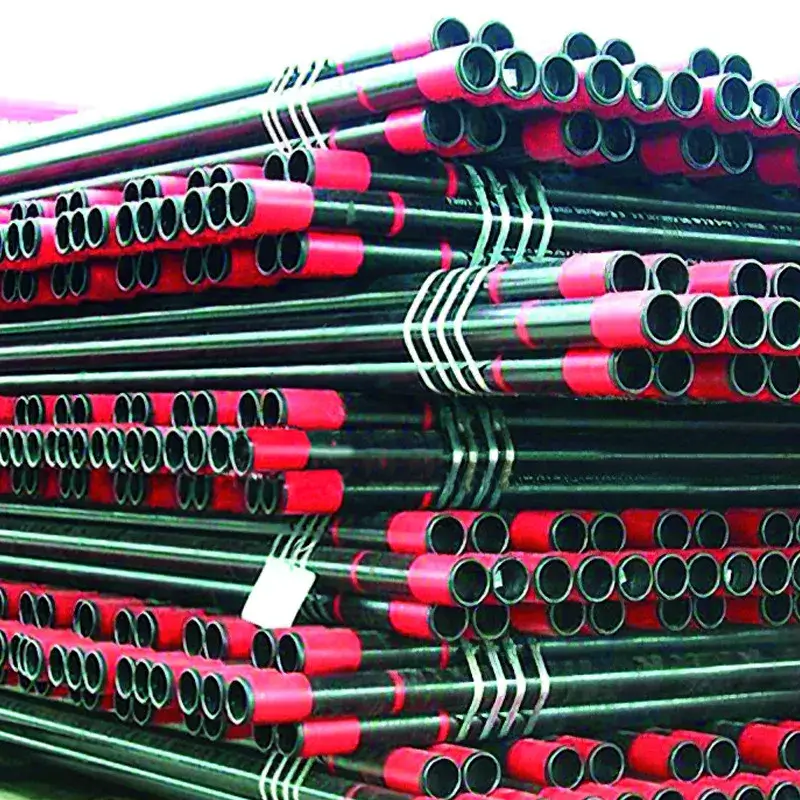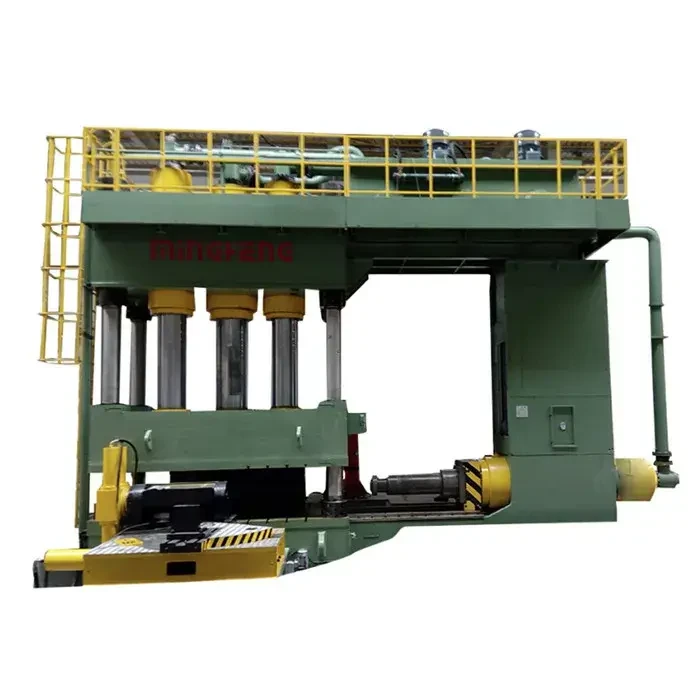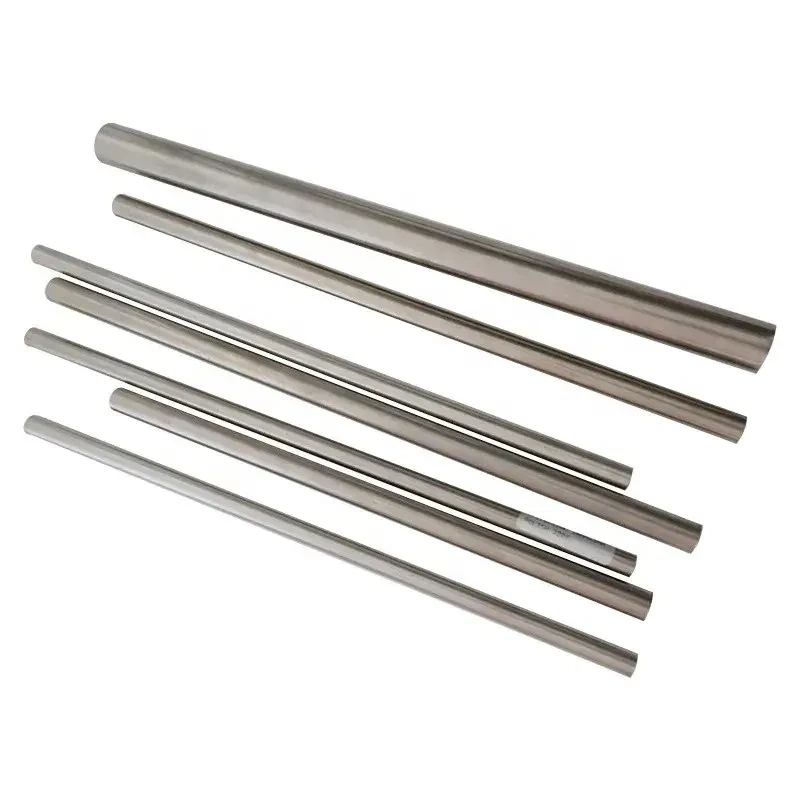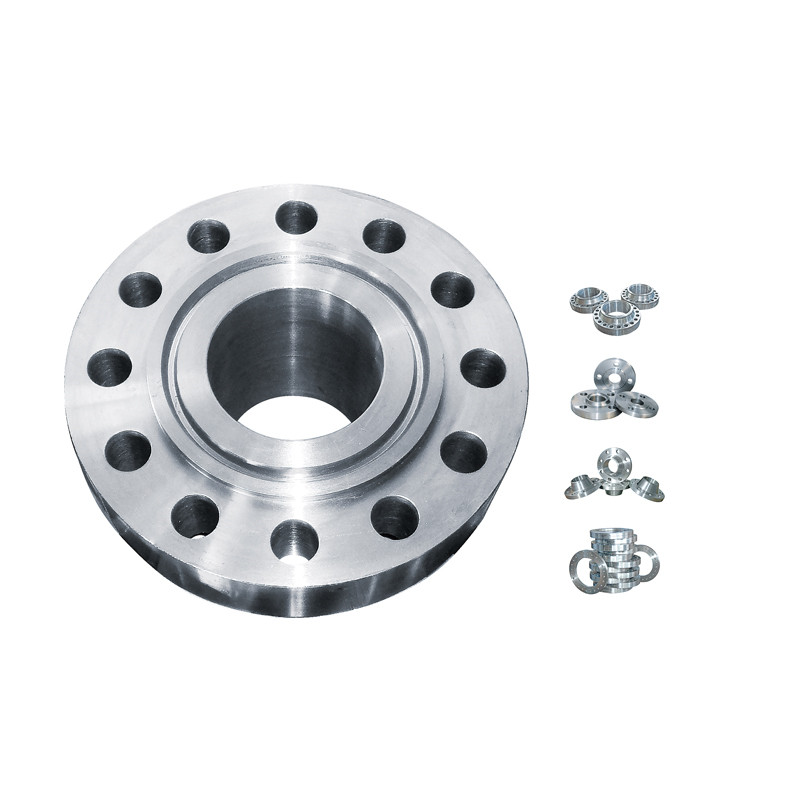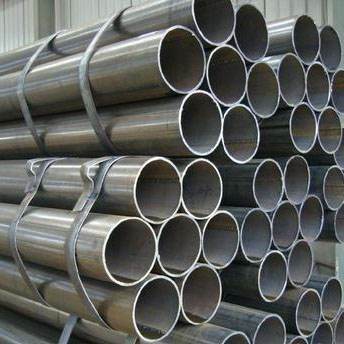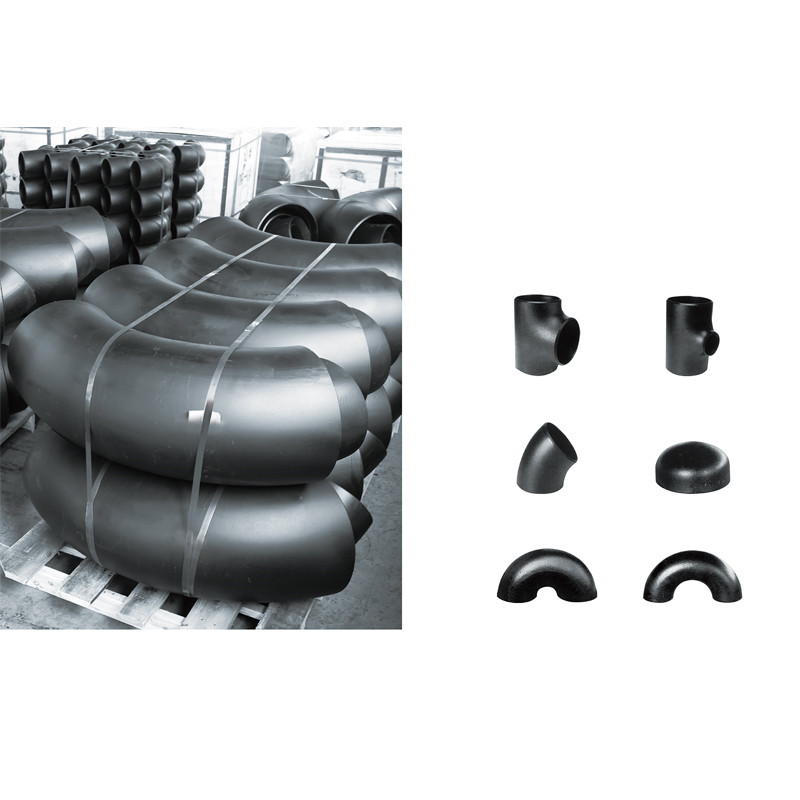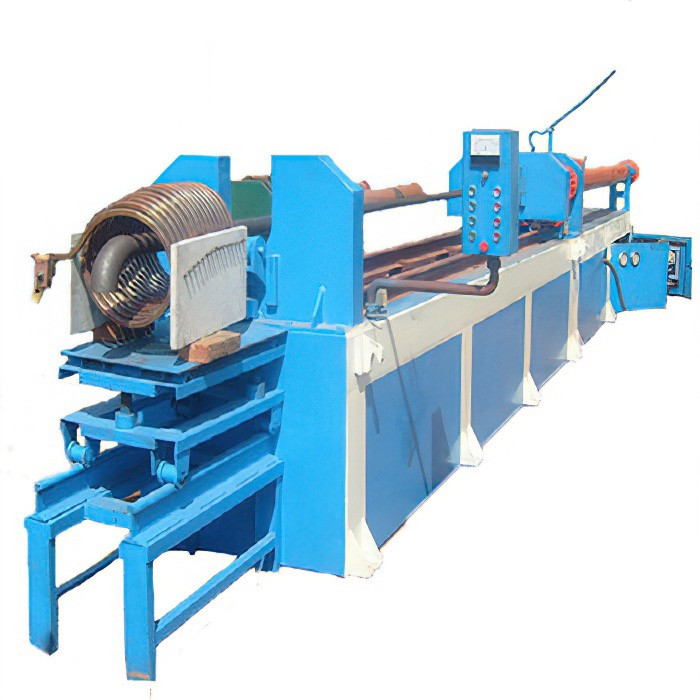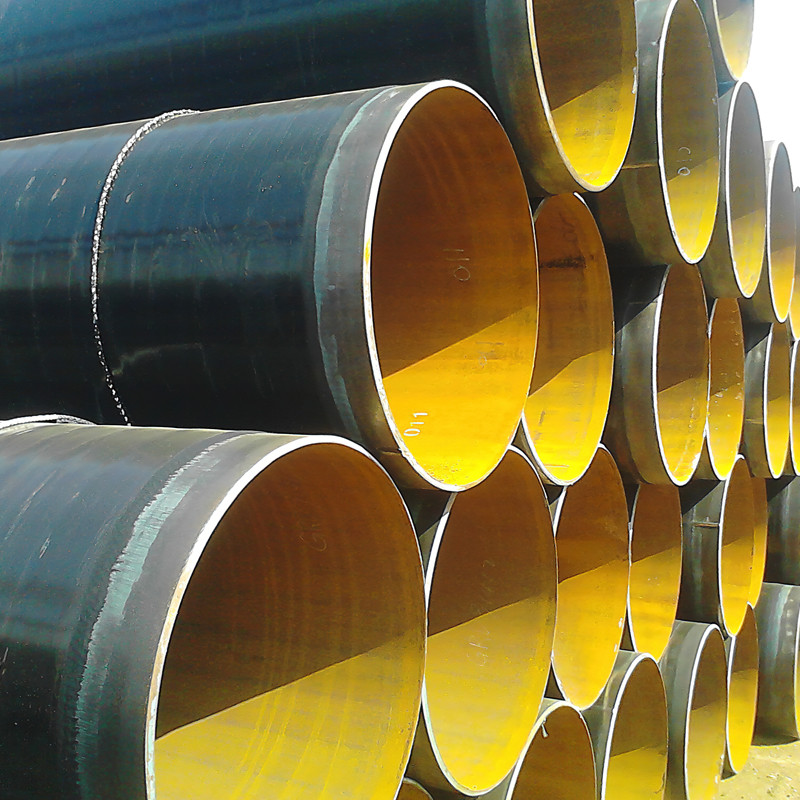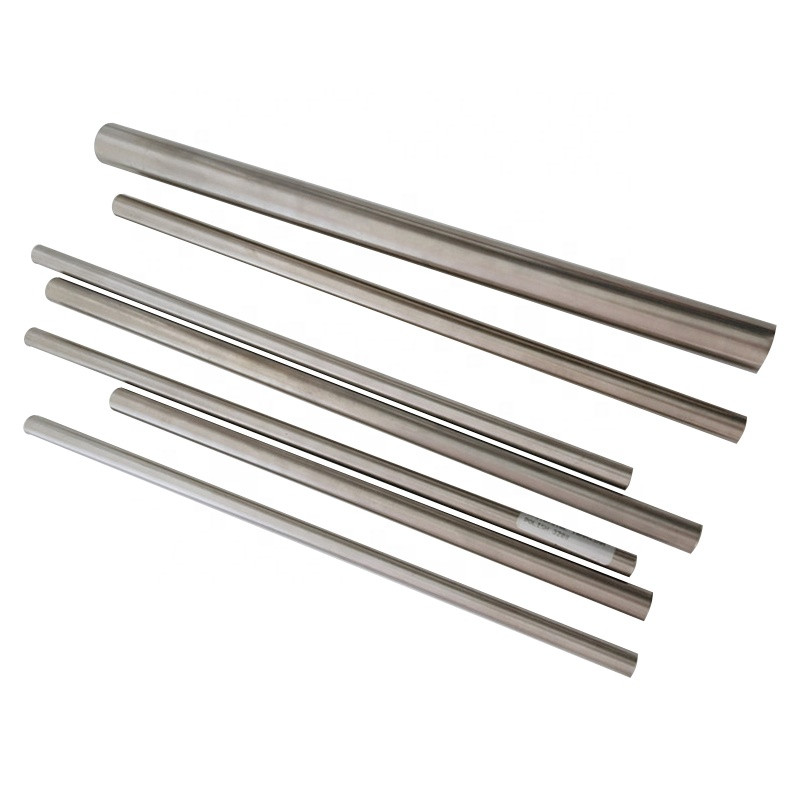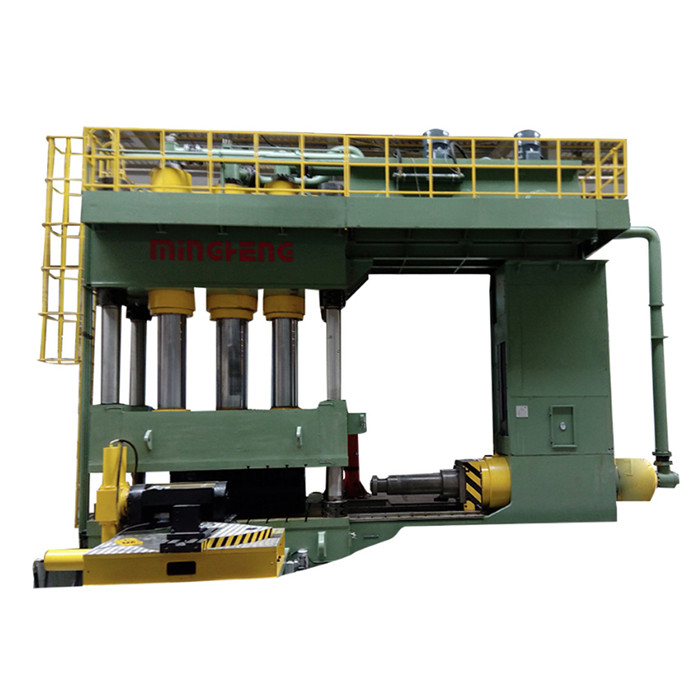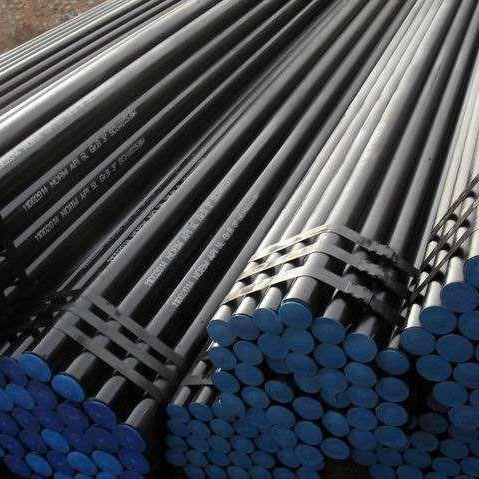firefighting pipe,fire fighting pipe line,gi pipe for fire fighting,hdpe pipe for fire fighting,pipe for fire fighting system is a key solution in the Security Protection and Emergency Response industry, specifically within Fire protection system and equipment and Fire pipes and fittings. This article explores how Beijing Sinoworld Steel Material Co., Ltd. supports professionals with durable, high-performance products, and explains why this product is an ideal choice for businesses in these sectors.



Table of Contents
- firefighting pipe,fire fighting pipe line,gi pipe for fire fighting,hdpe pipe for fire fighting,pipe for fire fighting system Overview
- Benefits & Use Cases of firefighting pipe,fire fighting pipe line,gi pipe for fire fighting,hdpe pipe for fire fighting,pipe for fire fighting system in Fire pipes and fittings
- Cost, Maintenance & User Experience
- Sustainability & Market Trends in Security Protection and Emergency Response
- Conclusion on firefighting pipe,fire fighting pipe line,gi pipe for fire fighting,hdpe pipe for fire fighting,pipe for fire fighting system from Beijing Sinoworld Steel Material Co., Ltd.
[firefighting pipe,fire fighting pipe line,gi pipe for fire fighting,hdpe pipe for fire fighting,pipe for fire fighting system] Overview
A firefighting pipe is the engineered backbone of water-based fire suppression, carrying pressurized water (and sometimes foam solutions) from pumps to sprinklers, hydrants, and deluge systems. The complete fire fighting pipe line includes underground mains, vertical risers, branch lines, and drops. In practice, buyers select among several material options to match the environment and service conditions: carbon steel fire pipe built to ASTM A53 or BS 1387 for most aboveground applications, GI pipe for fire fighting (hot-dip galvanized) where added corrosion resistance is required, and HDPE pipe for fire fighting for buried loops and corrosion-prone soil or coastal sites.
From a technical perspective, pipe for fire fighting system supply typically covers common nominal diameters for mains and branches, multiple end finishes (plain, beveled, grooved, threaded), and protective coatings (factory red epoxy/paint or zinc galvanizing). Working pressures and hydrostatic test values are matched to the project design, while compatibility with grooved couplings, flanges, and threaded fittings ensures fast, leak-tight assembly. Beijing Sinoworld Steel Material Co., Ltd. manufactures and sources to recognized standards such as ASTM A53 and BS 1387, providing dimensional accuracy, surface protection options, and full documentation to support code-compliant installations in commercial, industrial, and infrastructure projects worldwide.
Benefits & Use Cases of [firefighting pipe,fire fighting pipe line,gi pipe for fire fighting,hdpe pipe for fire fighting,pipe for fire fighting system] in Fire pipes and fittings
Fire pipes and fittings must deliver reliable flow under emergency loads, withstand long-term exposure to ambient or buried conditions, and integrate cleanly with valves, pumps, and sprinklers. For aboveground systems, steel firefighting pipe enables precise grooving, threading, and welding, supporting fast assembly of risers, cross mains, and branch lines. GI pipe for fire fighting adds zinc protection in humid or washdown environments such as food plants and parking structures. For underground fire water mains, HDPE pipe for fire fighting offers corrosion immunity, flexibility across minor ground movement, and smooth internal surfaces for efficient hydraulics.
Common use cases include hydrant and monitor loops, pump room manifolds, sprinkler distribution (wet, dry, preaction, and deluge), foam concentrate lines, and standpipe systems in high-rise buildings. Competitive advantages delivered by Beijing Sinoworld Steel Material Co., Ltd. include consistent OD/ID tolerances for dependable grooved-joint performance, factory-applied coatings to reduce onsite painting time, and versatile end preparation options to suit contractor preferences. The company’s sector expertise helps B2B decision makers match the right pipe for fire fighting system to project risk profiles, environmental exposure, and lifecycle goals—simplifying procurement while safeguarding hydraulic performance.
Cost, Maintenance & User Experience
Total cost of ownership in fire protection depends on more than unit price. Material longevity, installation speed, inspection intervals, and downtime risk all affect ROI. Steel firefighting pipe with robust coatings minimizes repainting, while GI pipe for fire fighting delays corrosion in moisture-prone spaces—both cutting maintenance costs over the service life. In buried applications, HDPE pipe for fire fighting minimizes corrosion-related repairs and helps maintain flow due to its smooth bore, improving pump efficiency and energy use over time.
Contractors value predictable fit-up and clean grooving/threading characteristics that save labor hours during risers and branch installation. Facility owners report fewer leak points when combining quality pipe with proven couplings and flanges, which reduces nuisance alarms and service calls. Feedback from fire protection integrators also highlights the logistics reliability provided by Beijing Sinoworld Steel Material Co., Ltd.—from timely deliveries and protective packaging to comprehensive test and compliance documentation—helping projects stay on schedule and within budget. When the fire fighting pipe line is specified and supplied correctly, the system’s lifecycle cost drops while response readiness and code compliance increase, creating a compelling ROI for building owners and EPCs alike.
Sustainability & Market Trends in Security Protection and Emergency Response
Sustainability now influences material selection in Fire pipes and fittings as much as performance. Steel fire pipe is highly recyclable, supporting circular-economy targets, while factory coatings with low-VOC formulations reduce onsite emissions. For underground networks, HDPE pipe for fire fighting offers long corrosion-free service and a favorable embodied-energy profile relative to frequent replacements. At the system level, smoother internal surfaces and precise sizing improve hydraulics, enabling lower pump horsepower and reduced energy consumption across the life of the asset.
Market growth is driven by stricter codes and standards (e.g., NFPA and regional equivalents), urban densification, and resilience planning for industrial facilities and critical infrastructure. Digital coordination via BIM and tighter QA traceability are now standard expectations. Beijing Sinoworld Steel Material Co., Ltd. responds with quality-forward sourcing, documented material provenance, and options that align with ESG goals—such as recyclable packaging and efficient coating processes. As demand rises for reliable, eco-conscious pipe for fire fighting system supply, the company’s technical support and global logistics capacity position it as a trusted, forward-thinking partner.
Conclusion on [firefighting pipe,fire fighting pipe line,gi pipe for fire fighting,hdpe pipe for fire fighting,pipe for fire fighting system] from Beijing Sinoworld Steel Material Co., Ltd.
From pump room manifolds to buried hydrant loops, the right firefighting pipe solution underpins system reliability and compliance. Whether selecting steel for aboveground distribution, GI pipe for fire fighting in corrosive spaces, or HDPE pipe for fire fighting underground, Beijing Sinoworld Steel Material Co., Ltd. delivers consistent quality, protective finishes, and dependable documentation—helping B2B teams control risk, cost, and schedule. Contact us: email: garvinliu@world-steelmaterial.com. Visit our website: https://www.world-steelmaterial.com.
Post time: Oct . 10, 2025 11:00



